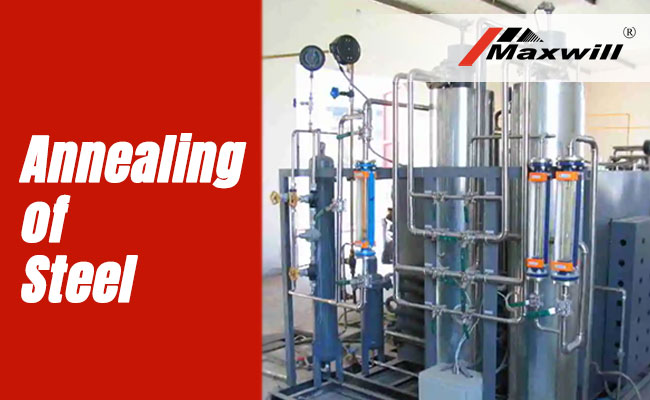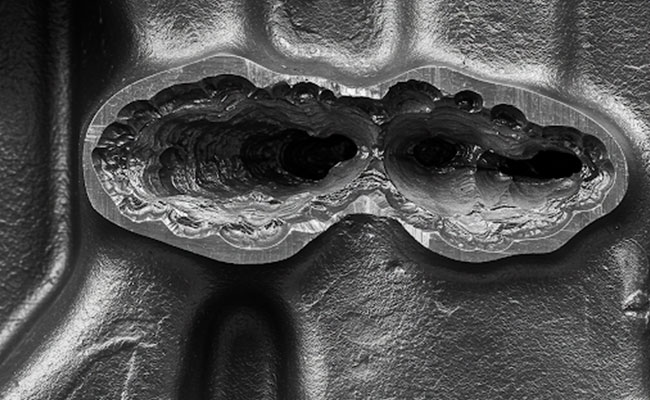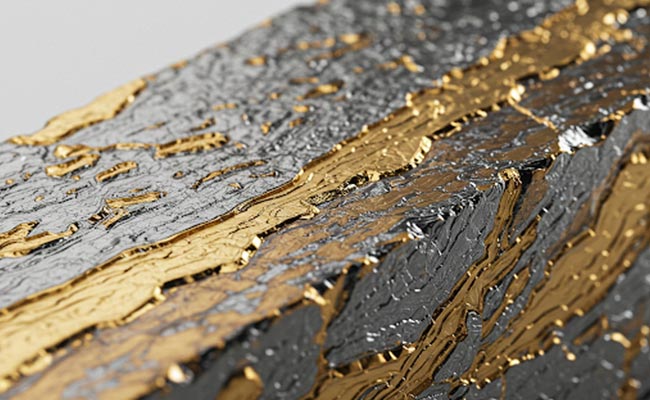
Classification and Characteristics of Welding Methods
2021-09-26
CHINA IMPORT AND EXPORT FAIR
2021-10-18In production, heat treatment is often divided into two types: preliminary heat treatment and final heat treatment. In order to eliminate some defects of the blank or semi-finished product or prepare the structure for subsequent cutting and final heat treatment, it is called preliminary heat treatment. The heat treatment to obtain the required performance of the workpiece is called final heat treatment. Annealing and normalizing are often used as preliminary heat treatments, and can also be used as final heat treatments for ordinary castings, welded parts and some workpieces with low performance requirements.
One, annealing
The heat treatment process in which steel is heated to an appropriate temperature, held for a certain period of time, and then slowly cooled is called annealing. The main feature of the annealing process is slow cooling.
According to the different annealing process and purpose, annealing is divided into complete annealing, isothermal annealing, spheroidizing annealing, homogenizing annealing, stress relief annealing and so on.
(1) Fully annealed
Complete annealing is a heat treatment process in which steel is heated to 30-50°C above Ac3, kept for a certain period of time, then slowly cooled to below 600°C with the furnace, and then air-cooled out of the furnace. After annealing, a structure close to the equilibrium state is obtained: pearlite + ferrite.
The purpose of complete annealing is to refine crystal grains, uniform structure, reduce hardness to facilitate cutting, and fully eliminate internal stress. It is mainly used for castings, forgings, welded parts and hot-rolled sections of carbon steel and alloy steel with hypoeutectoid composition. The complete annealing process is not suitable for the steel with hypereutectoid composition, because the steel with hypereutectoid composition is heated to above Accm and slowly cooled, Fe3CII will precipitate along the austenite grain boundary in the form of a network, which will significantly reduce the toughness of the steel. It may cause cracks in the steel in the subsequent heat treatment.
(2) Isothermal annealing
The complete annealing process requires a long time and the productivity is low. Generally, alloy steels with relatively stable austenite and large-scale carbon steels are often subjected to isothermal annealing, and the purpose is the same as that of complete annealing.
Isothermal annealing is to heat the steel to 30-50°C above Ac3 (hypoeutectoid steel) or 20-40°C above Accm (eutectoid steel and hypereutectoid steel). After holding for a proper time, it will be cooled quickly to a certain value below Ar1. Temperature, isothermal for a certain period of time, the austenite undergoes pearlite transformation, and then air-cooled to room temperature annealing process. It not only greatly shortens the return time, but also the transformation product is easier to control. At the same time, because the internal and external parts of the workpiece are all at the same temperature, the organization can change, so uniform organization and performance can be obtained.
(3) Spheroidizing annealing
Spheroidizing annealing is an annealing process in which the steel is heated to 20-30°C above Ac1, after sufficient heat preservation, cooled to below 600°C at a slow cooling rate, and then air-cooled out of the furnace.
The spheroidizing annealing process is characterized by low-temperature short-term heating and slow cooling. Its purpose is to make the cementite and secondary cementite in the pearlite distributed on the ferrite matrix in a spherical or granular shape, thereby eliminating or improving the flake shape The adverse effects of cementite.
The spheroidizing annealing process is mainly suitable for eutectoid, hypereutectoid carbon steel and alloy tool steel. The structure obtained after spheroidizing annealing is spherical (granular) cementite uniformly distributed on the ferrite matrix, which is called the spherical pearlite structure. This kind of structure has low hardness, good workability, and low tendency of deformation or cracking during quenching. Therefore, it is a necessary heat treatment process for eutectoid and hypereutectoid steels before quenching. For steel with serious network cementite, normalizing treatment can be carried out before spheroidizing annealing to break the network cementite to improve the spheroidizing effect of cementite.
(4) Homogenization annealing
Homogenization annealing is an annealing process in which steel is heated to 150-200°C above Ac3, kept for a long time (10-15h), and then slowly cooled. The purpose of homogenization annealing is to eliminate the segregation of chemical products and uneven structure in steel.
Homogenization annealing consumes a lot of energy, causes serious burnout, high cost, and makes crystal grains coarse. Therefore, it is mainly used for high-quality alloy steels with high quality requirements, especially high-alloy steel ingots, castings and forging billets. In order to refine the crystal grains, a complete annealing or normalizing should be carried out after homogenization annealing.
(5) Stress relief annealing
The process of stress relief annealing is to heat the steel to a temperature below Ac1 (generally 500-650°C), slowly cool it to 200°C after holding it, and then air-cool it out of the furnace. The purpose of stress relief annealing is to eliminate residual stress on workpieces (castings, forgings, welded parts, hot-rolled parts, cold-drawn parts and workpieces in the cutting process), so as to stabilize the size of the workpiece and avoid the use or subsequent processing Deformed or cracked.
There is no structural transformation in the stress relief annealing process, only internal stress is eliminated.




